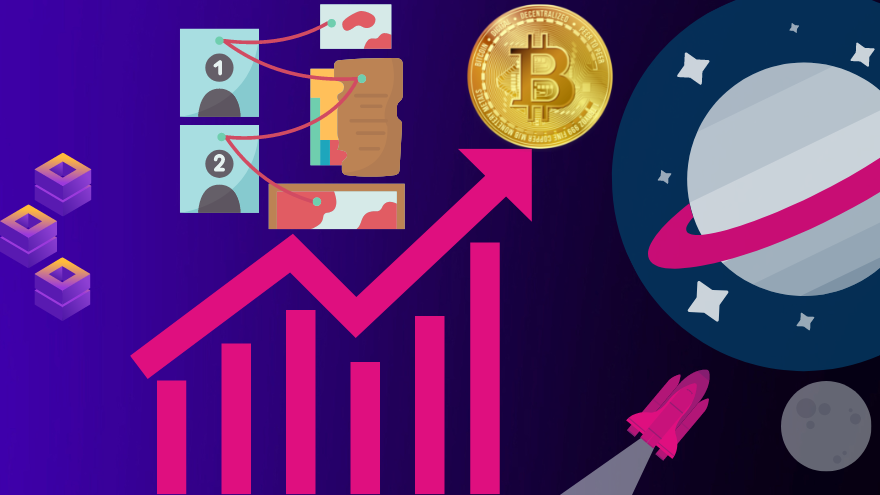Sourcing the wrong suppliers, especially in blockchain or crypto, can have dire consequences for your project. I have personally witnessed a founder who sourced the wrong marketers and was scammed for the project’s entire marketing budget ($40K+).
In a world often full of people who overpromise and underdeliver, keeping a few key concepts in mind can help ensure better hiring decisions. Below, we’re going to briefly discuss several steps to get you started.
Break Down Your Project

When sourcing suppliers, don’t do what most do and simply Google. Instead, there’s a simple pathway where you can understand what companies may be a great fit for your project.
Break down your project in detail and understand what type of project it is. For example, a project that’s a P2E game is way different than a simple NFT PFP project, right? Each uses different developers, different marketers and may need their respective communities set up differently.
For example:
- Play 2 Earn game/app
- Custom dApp for managing game components
- $100K private funding raise
- …and more
Find Similar Projects

Begin finding projects similar to yours in quality. For example, you may not have millions in VC funding so don’t go looking for projects that have millions in VC funding. Instead, find projects who likely had a similar starting point as you. This is why breaking down your project in detail is so important. In fact, this is a critical mistake many make in that they hire the same developers and marketers irrespective of the project itself.
Here, we’ll primarily be looking for projects that are already launched with utility rolled out. Many launchpads have lists of prior projects launched, but Google is another option. The main thing is you’re compiling data so you can proceed to the next step, which is actually looking for evidence of results.
Evidence of Results

Now that you’ve got a list of similar projects, you’re now able to take the next step, which is understanding their partners. Many projects list their partners proudly on their website. For example, what development or marketing agency they’ve partnered with. Here’s where the magic happens: Instead of simply relying on the supplier websites or Google to find information, you can validate the supplier’s work just by looking at the project itself.
For example, if you have a P2E game and found several projects who also made a P2E game, give the games a download and try them out. Do they work well? Are there a lot of bugs? Is the game similar in complexity to yours? If you’re liking what you’re seeing, consider contacting the supplier who was listed as the game developer.
Does the project have a ton of Twitter followers? Is their community large and active? Do they have the results you’re going for in your project? If so, consider interviewing the marketing agencies that helped deliver for them.
Wrapping Up

It should be noted that this process doesn’t guarantee a 100% chance of success, but it does provide real world insights. Your team also plays a large role in your success, which you must always be mindful of. However, this process will equip you with real world results that you’re able to backtest instead of just trusting what a supplier is telling you.
I hope this simple process helps provide some direction for you outside the bounds of simply Googling and hoping you get lucky. Most of the time, you’ll be handing over thousands and thousands of dollars to these suppliers. It’s critical to do your due diligence and ensure you’re making the absolute best decision for your project.



